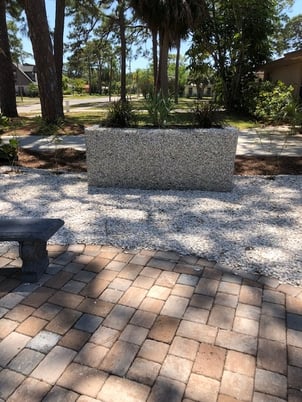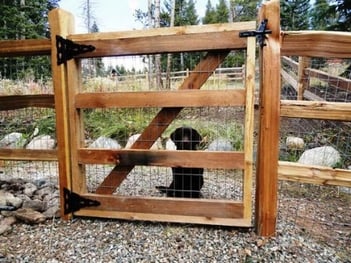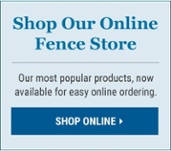Haunting Cityscape with Lighted Chicken Wire
Cédric Le Borgne is an innovative artist from Toulouse, France and this display shows how he has taken ordinary chicken wire and made something extraordinary out of it. Here is a short video of one of his exhibitions by night:
To see some other innovators using chicken wire, check out this blog.


















